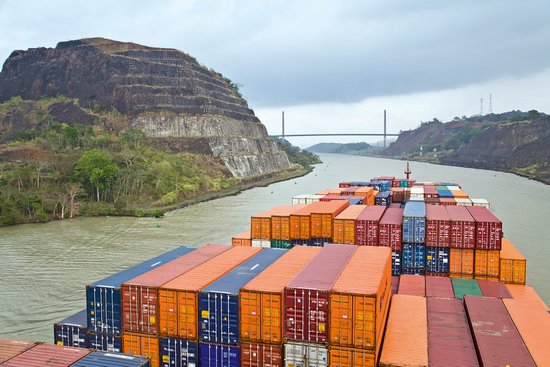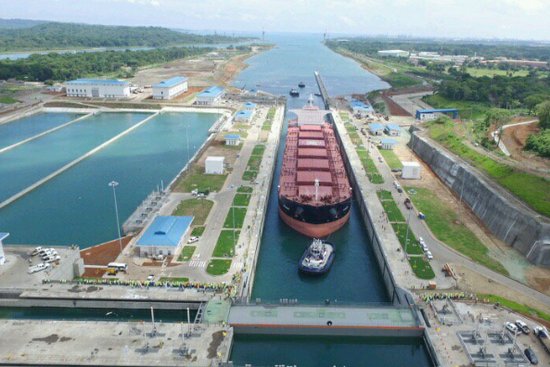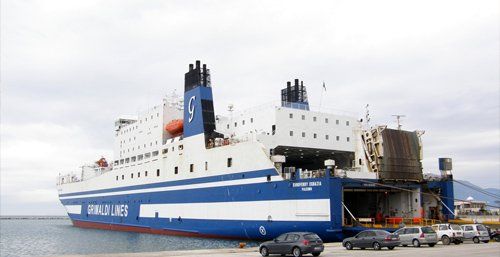The Panama Canal aims to tackle the severe impact of drought, which since June 2023 has significantly reduced the canal's capacity, both in terms of ship draft and number of transits (decreasing from 36-38 to 24). The minimum water level of Gatun Lake—which supplies the canal—occurred in March-April 2024. Subsequent rains have gradually restored water levels to normal, allowing for the resumption of typical ship traffic.
Starting July 11, 2024, the Canal Authority has permitted the transit of 33 vessels daily, up from 32, with a further increase to 34 vessels planned for July 22. Additionally, from July 15, the maximum draft will be raised from 45 to 46 feet. The drought has been attributed to the effects of El Niño and decreased rainfall in the Amazon rainforest, a situation that could recur in the coming years due to climate change.
To prevent similar future occurrences—which, according to the State of Panama, resulted in a loss of around 200 million dollars in transit revenue in 2024 alone—the Authority has announced a project to build a new water reservoir to feed the canal. This reservoir will integrate into the existing network. Ricaurte Vasquez, the Authority's administrator, stated that the new reservoir will be ready within six years and will ensure the daily transit of 36 vessels. This project will require an allocation of 1.2 billion dollars, plus an additional 400 million for neighboring communities.
































































